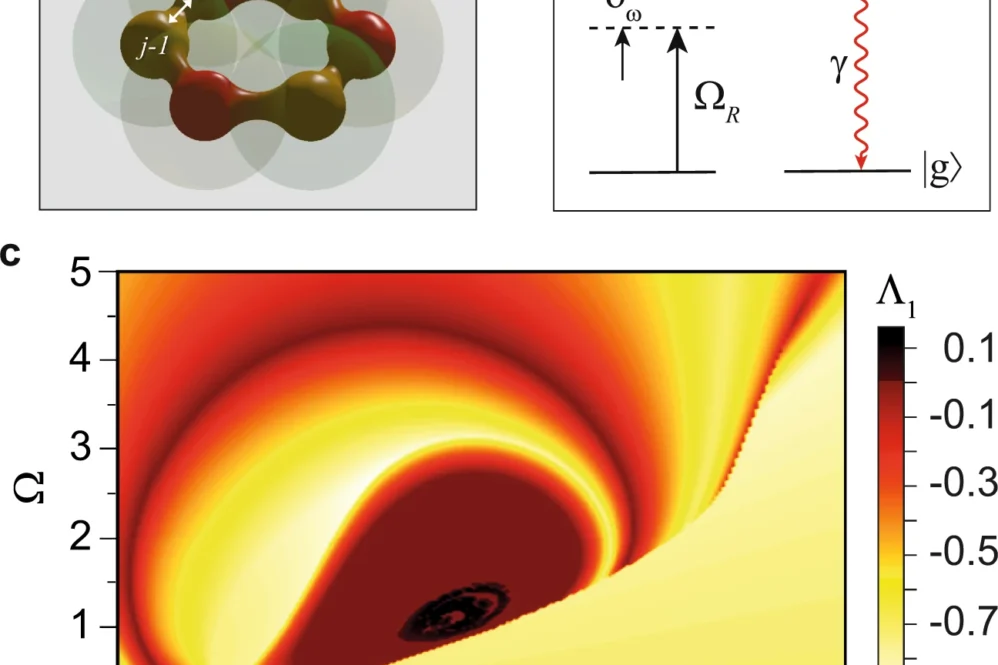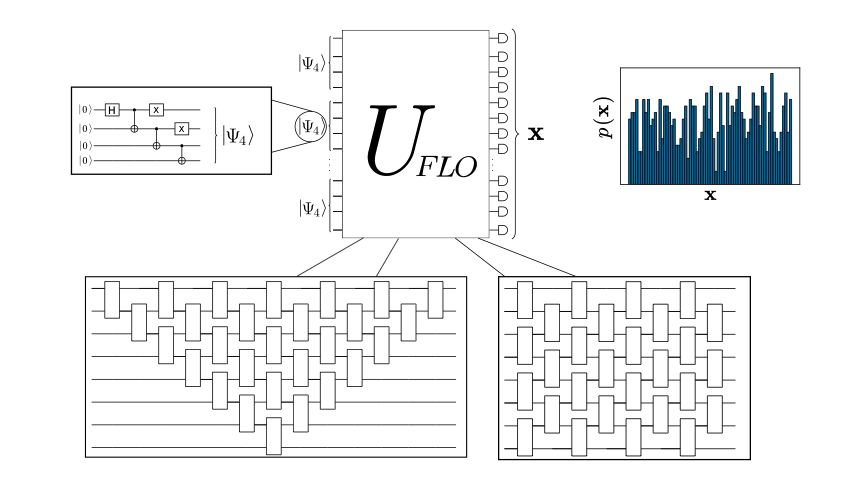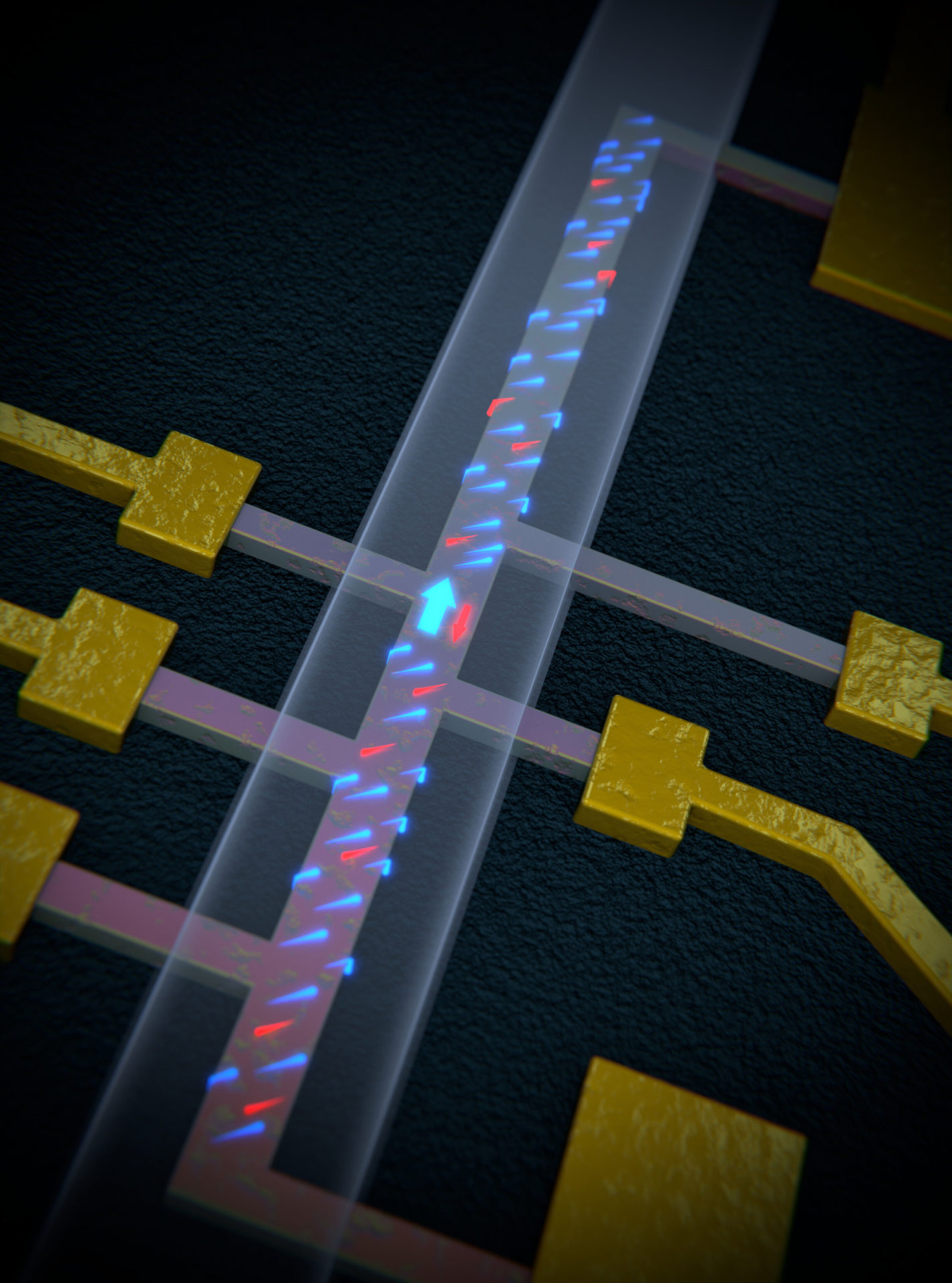Researchers at Loughborough University have discovered an amazing feature of qubit behavior which would allow to simulate complex quantum systems without the need for enormous computing power.
They found that when an external energy source, such as a laser or microwave signal, was used the system became more chaotic—eventually demonstrating the phenomenon known as hyperchaos.
When the qubits were excited by the power source they switched states, like regular computer bits which shift between zero and one, but in a much more irregular and unpredictable way. However, the researchers found that the degree of complexity (the so-famous hyperchaos) did not increase exponentially as the size of the system grew—which is what one would expect—but instead, it remained proportional to the number of units.
The team showed that this phenomenon has great potential for allowing scientists to simulate large quantum systems. (Phys.org)
Reference: Andreev, A.V., Balanov, A.G., Fromhold, T.M. et al. Emergence and control of complex behaviors in driven systems of interacting qubits with dissipation. npj Quantum Inf 7, 1 (2021). https://doi.org/10.1038/s41534-020-00339-1
The paper has been published in NPJ Quantum Information.
The post Hyperchaos modelization of complex quantum systems appeared first on Swiss Quantum Hub.





